Hey everyone, thanks for waiting! Our next topic is gonna be pretty exciting for most of you who love the classic ruqun aesthetic: we’re going to be going over the historical relics for the Wei/Jin and Northern/Southern Dynasty! Since there are so few of these relics, this article is going to focus on the Wei/Jin Dynasty as a whole, including restored relics, art references, and misconceptions about the Wei/Jin Dynasty. It might be a bit of a shorter article due to little material, but I know that people are really interested in this period of time, so let’s get to it!
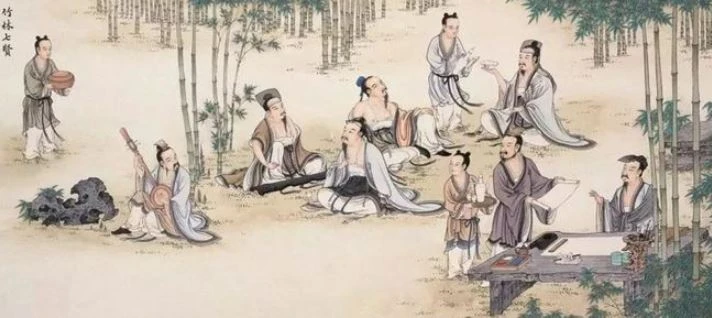
魏晉南北朝/魏晋南北朝/wei4 jin4 nan2 bei3 chao2/Wei/Jin and Northern/Southern Dynasties refers to the period of time between 220 and 589CE. Also known as 六朝/六朝/liu4 chao2/Six Dynasties, this set of dynasties are compressed into one general block of time by historians because of the rapid exchange of power. Following the Eastern Han dynasty, the Three Kingdoms period had the Cao Wei kingdom at its forefront, with the Western Jin Dynasty coming right after ruled by Sima Yan. This was followed by the Northern Dynasties, when the Northern Wei, Western Wei, Easter Wei, and Northern Zhou and Qi Dynasties followed each other rapidly, and the Southern Dynasties, Liu Song, Southern Qi, Liang, Chen, and Western Liang happened adjacently.
Due to the harsh conflict and the introduction of many non-Han minorities into China, the fashions of this period of time were also varied and quick to come and go, including various nontraditional silhouettes like collars and accessories from other minorities . Unfortunately, the conflict seems to have left few well-preserved tombs behind, and all clothing relics have had to be restored based on surrounding art and writings, but that’s no barrier for historians! During this period of time, the prevalence of the full-body robe gave way to the classic split silhouette of a top and a skirt, or what we might call 上衣下裳/上衣下裳/shang4 yi1 xia4 chang2/Shangyi Xiachang. Again, though, it’s difficult to tell what the actual construction of these pieces of clothing looked like, so we largely reference artworks and writings in restorations. Let’s take a look at what we know!
Clothing Relics from the Wei/Jin Northern/Southern Dynasties Period
Found in May of 2002, the 甘肅花海毕家滩墓/甘肃花海畢家滩墓/gan1 su4 hua1 hai3 bi4 jia1 tan1 mu4/Gansu Huahai Bijiatai Tomb is a large burial site in Gansu Province with 55 tombs excavated in total. One female body wrapped in silk was found in one of the tombs: her name was recorded as “the eldest daughter Gounv Sun,” from the Eastern Jin Dynasty who died in 377 CE. We know little about her, but she was buried with a burial inventory, a convenient list of the items she was buried with. Unfortunately, a lot of them have been destroyed by time and weathering, but through various historical documents of the period, historians were able to restore some of the partial garment fabrics found in the tomb. Two (or three if you include two for the same kind) partial garments come to mind when determining the style of the Wei and Jin dynasties from this particular tomb: a top that most classic 襦/襦/ru2/Ru top is referenced off of, and a part of a 破裙/破裙/po4 qun2/Poqun that most pieced skirts are referenced off of.
The first, often known as the 晉襦/晋襦/jin4 ru2/Jin Ru, is one of the only physical examples of the cross-collar ru that has appeared in history. The front lapels and some of the body of the ru were all that were uncovered here, but historians used writings and the burial inventory to recreate what the rest of the garment likely looked like. The result is the iconic Jin Ru.
I want to draw particular attention to some of its features: the decorative shoulder lines, the extra piece sewn on at the lapels, the extra piece sewn on at the waist, and the straight sleeves. This is to define the difference between the Jin Ru and Guzhuang adaptations that only came to hanfu through television dramas and fantasy novels; those do not have physical examples and it’s a mistake to call those Jin Dynasty clothing since they didn’t appear until modern times.
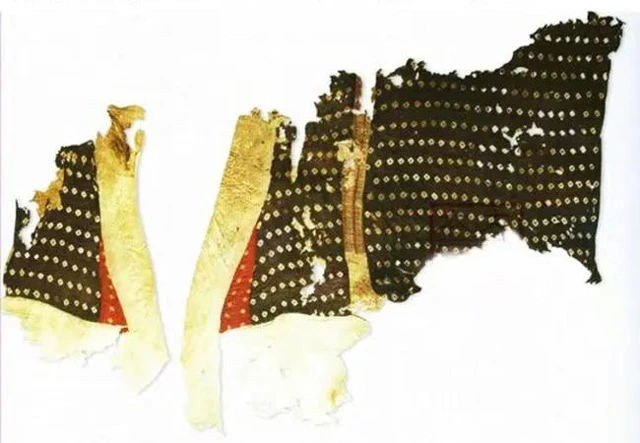
two lapel pieces of Jin Ru
We aren’t sure what the contrasting shoulder lines are called; I’ve seen them called 肩襽/jian1 lan2 before, in reference to the 腰襽/yao1 lan2/Yaolan (the rectangular lower piece of the ru) or sometimes just Lan, but there doesn’t seem to be an official name for them as far as I can tell. This makes sense because the Jianlan seem to be a short-lived trend in the Jin Dynasty derived from various ethnic minorities (I think it was the Uyghurs and Sogdians, but I’m not completely sure)—several restored pieces from the Xinjiang region, especially a tomb in Loulan, resemble this restored piece almost perfectly, with contrasting yalan, shoulder stripes, lapels, and cuffs. Does that mean it doesn’t count as hanfu? Of course not—various minorities intermixing in history are obviously going to share cultural trends in fashion as well as everything else; this is one example of Han people appreciating the beauty of this feature of clothing.
The other restored garment is the 破裙, poqun, the pieced skirt restored using a mural in Gansu for reference. Pieced together with green and red fabric, this is the reason why Jin Dynasty hanfu typically features poqun (full one-piece zhequn doesn’t actually exist in hanfu archaeology, once again an example of guzhuang). We can see this poqun and ru restored and put together in an exhibition as an outfit, as in the title image of this article.
The mural the poqun restoration was referenced off of was the 丁家閘壁畫墓, another tomb in the Gansu Province. You can see clear resemblance between these two skirts: same color, construction, with contrasting trapezoidal pieces of fabric sewn together for a striped pattern, and a contrasting lighter skirt head. The woman in the mural also seems to be wearing a cross-collar ru with shoulder stripes.
One other restored women's top is on display in the China Silk Museum, the same one featured in the title image of this article. I couldn't find a lot of information on it, but I do know that the ever-popular Northern and Southern Dynasty hanfu features this kind of outer top often. Called a 褶衣/摺衣/zhe2 yi1/Folded Top, this top features a folded collar that narrows down the body until it comes together at the belly. Most likely the bottom part of this top would've been tucked into the skirt, with some kind of underlayer resembling a camisole (more on that later in artistic references) underneath. This would've been from the Northern Dynasty, as we can see a unique print technique dyed in the fabric: the small dots on the fabric are left white when the fabric was dyed dark brown.
Other Artistic References
As you can see, there’s barely any physical material on Wei/Jin and Northern/Southern dynasty clothing. Not to worry—if you want to know more, we can always take a look at artwork and writing, of which there is plenty.
As you can see, the Wei/Jin period took a lot of inspiration from the trends of the Han Dynasty, with full-length robes still prevalent especially for women even with the emergence of the 上衣下裳 silhouette. Similar layering of the collars occurred with both robes and top pieces. Straight sleeves were the most common from earlier, but in the Northern/Southern Dynasty we can see that sleeves gradually became larger, to be narrow at the upper arm and then gradually wider at the cuff. We also know that most fabrics were hemp or silk, with cotton not yet introduced from minorities on the outskirts of China.
Another characteristic of menswear was that often crossed collars were opened to bare the chest, a very uncommon practice across all the other dynasties—to what degree depended on preference. A gender neutral undergarment called the 兩襠/兩襠/liang3 dang1/Liangdang was used, essentially two rectangles of fabric, one covering the chest and one covering the back, attached by straps over the shoulders. Women would open the collar for the same purpose with a 兩襠 underneath, resulting in a wide neckline mirroring the modern day off-shoulder look, one style that’s been really popular especially among new hanfu enthusiasts.
So there you have it—what little informationI could find on the Wei/Jin and Northern/Southern Dynasties. I know this one was a bit spotty, but we truly don’t have a lot of information on it—often Wei/Jin Dynasty clothing is confused with Wei/Jin Style, which is a style of guzhuang without historical basis often woven into hanfu, often beautiful and ethereal. Just make sure not to misinterpret Wei/Jin Style as being from the Wei/Jin Dynasty, and keep in mind that we only have about three restored pieces of clothing to represent several hundred years of history, so we're constantly making corrections to our interpretationss of ancient culture. You can look forward to a more detailed examination of some Song Dynasty tombs coming up next!
More about Hanfu Unearthed Series:
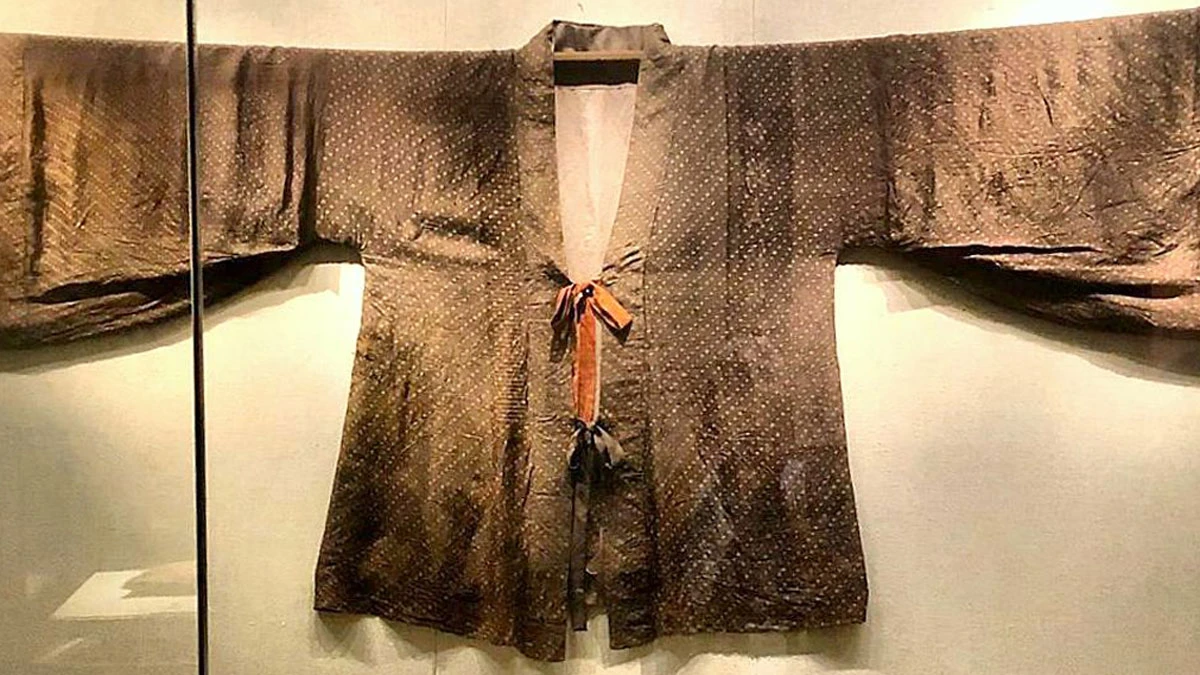
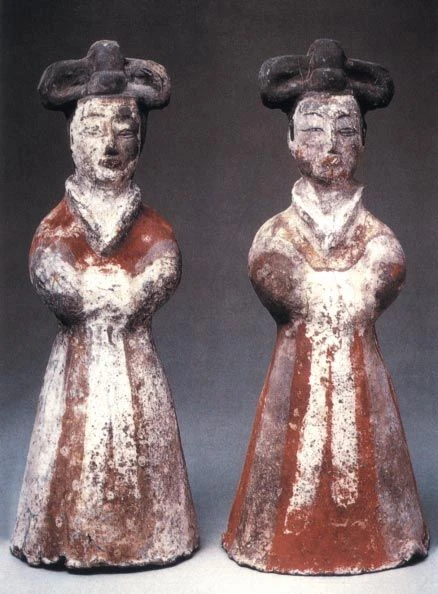
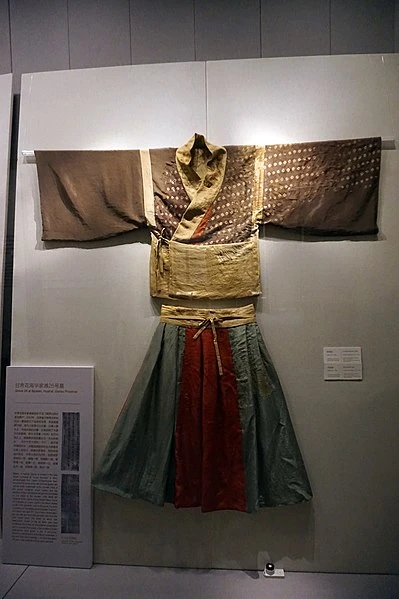
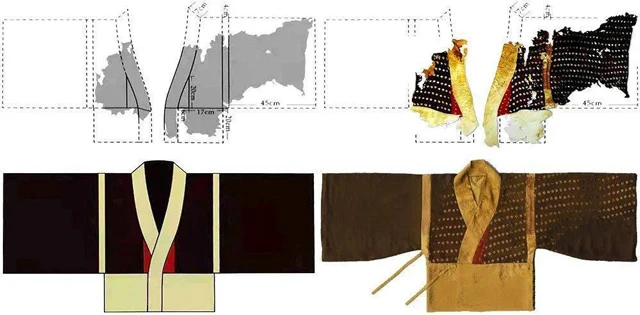
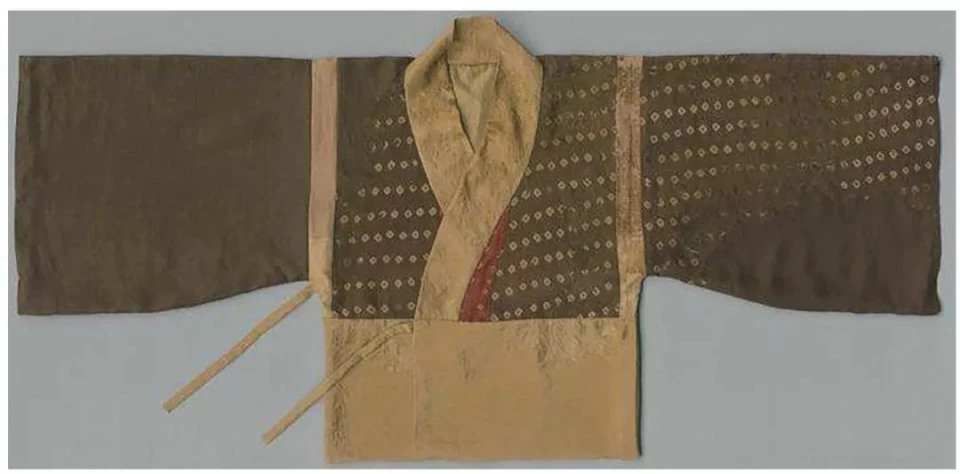
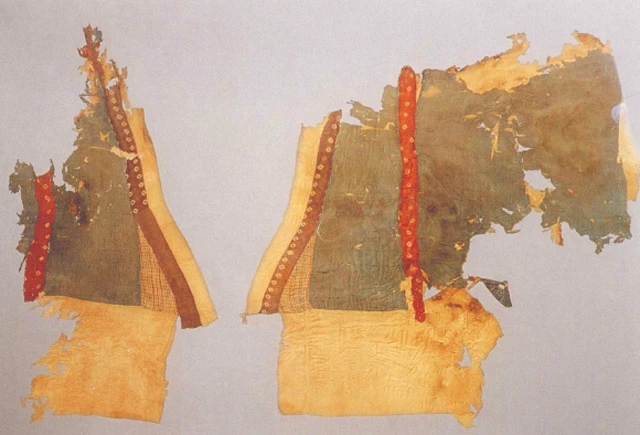
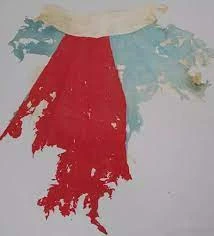
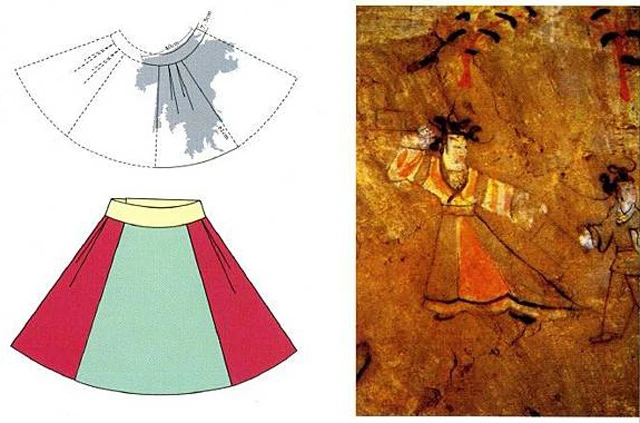
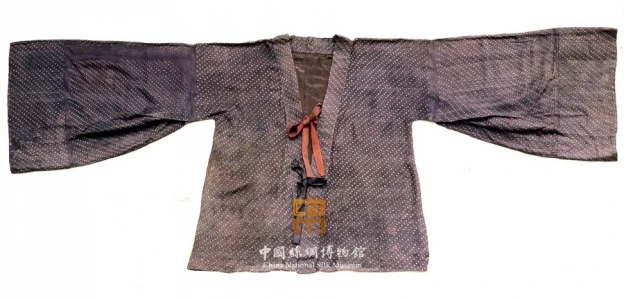
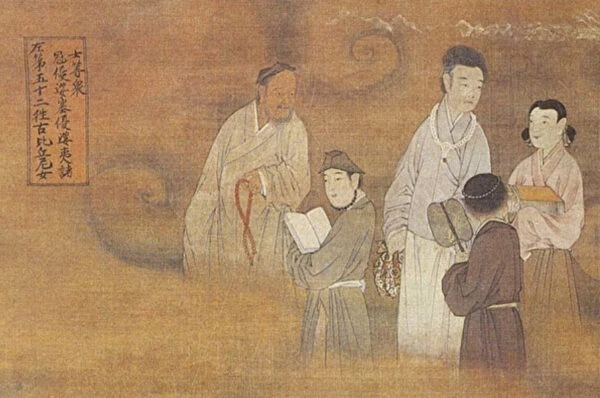
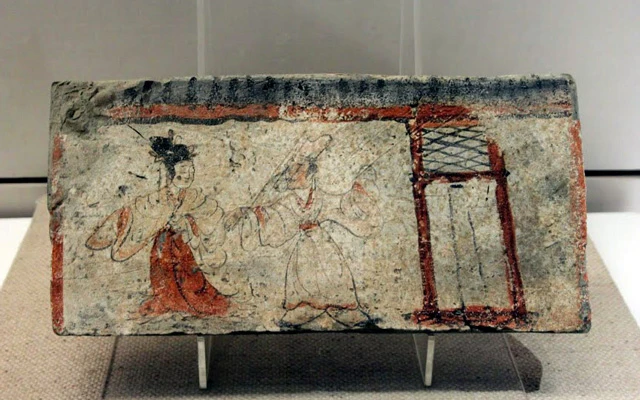
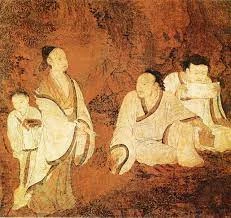
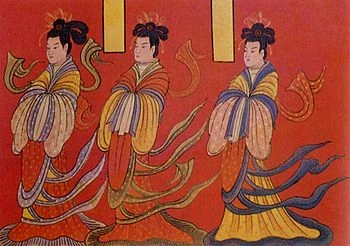

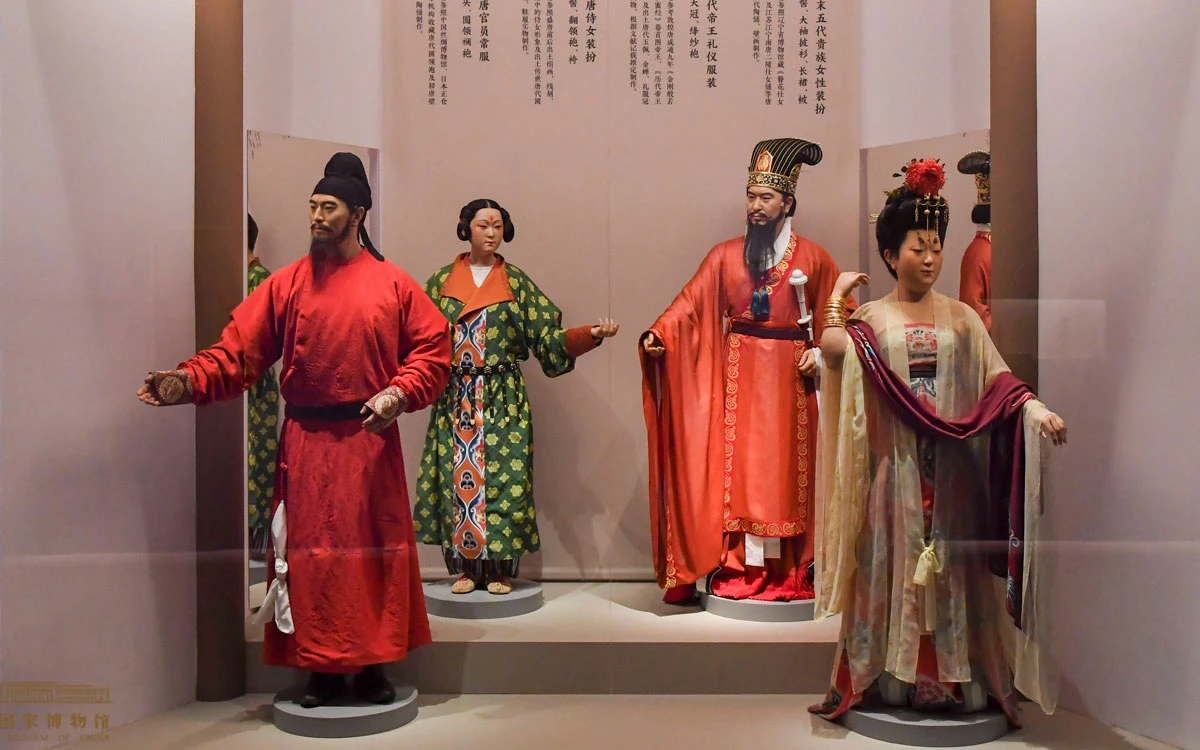
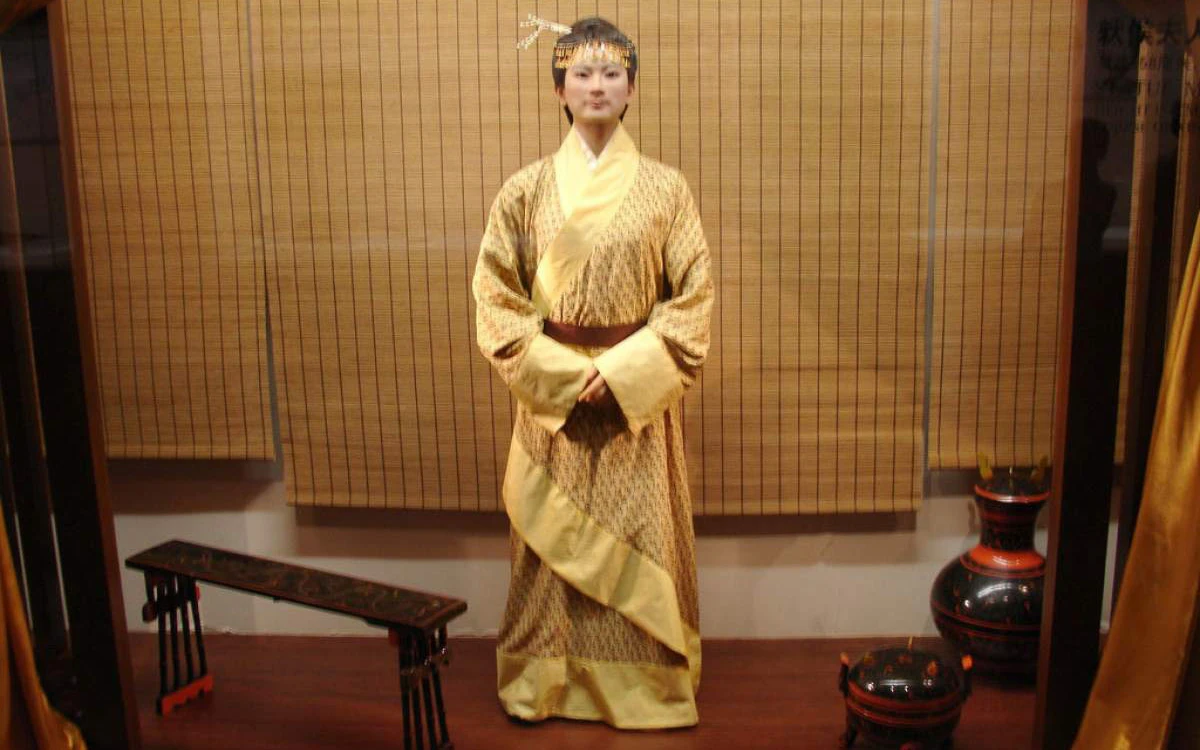
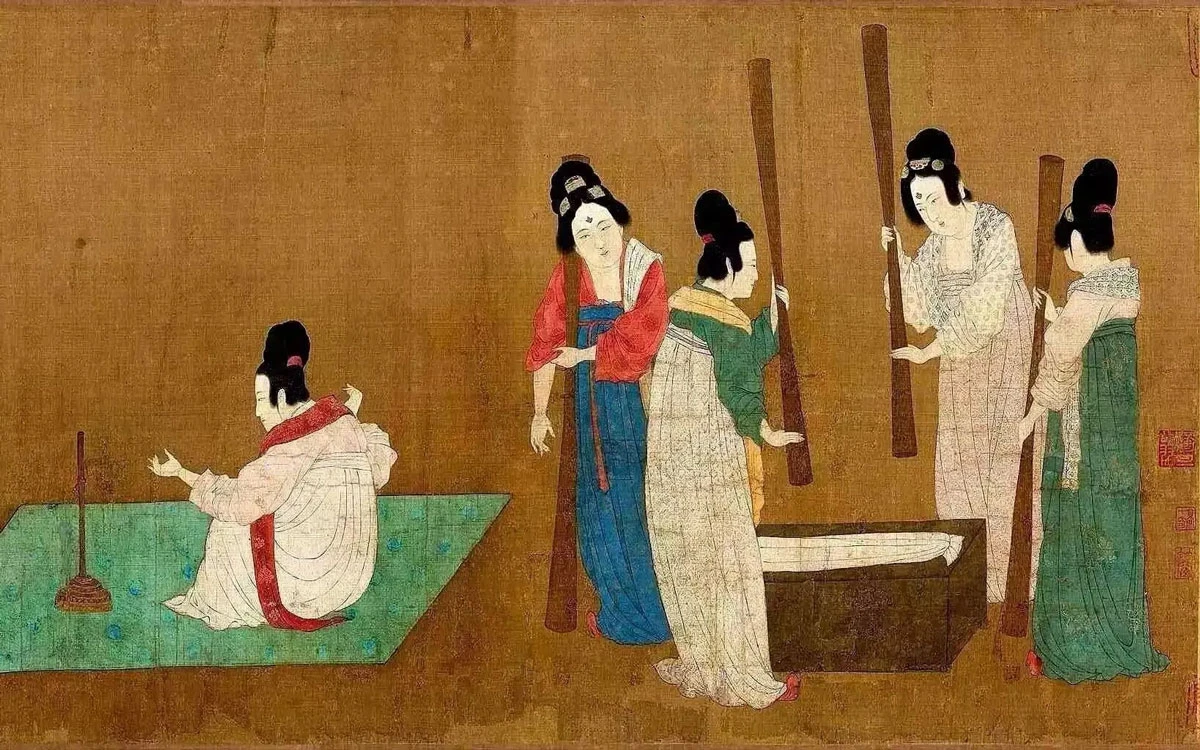

Your articles are always so well researched, this is great to finally get an idea of actual Wei Jin clothing and not the fantasy styles lol
Quick update: I did a stupid thing and typed Song Dynasty, Tang Dynasty is coming up next instead haha >.< Also, for these interested in more Wei/Jin Dynasty inspiration you can look at some of the relics from Loulan and Astana in Xinjiang; they're further away and have more influence from other minorities but they have more complete clothing pieces than what I found in this article.
Kerja keras yang bagus
Terimakasih artikel nya
that's so interesting, the way the reconstructed a garment from scraps. I suppose Poqun makes sense in that it saves on fabrics. Not anyone could afford a whole length of fabric for a skirt.
I love the ruqun style in this period
Nice article! Thanks👍